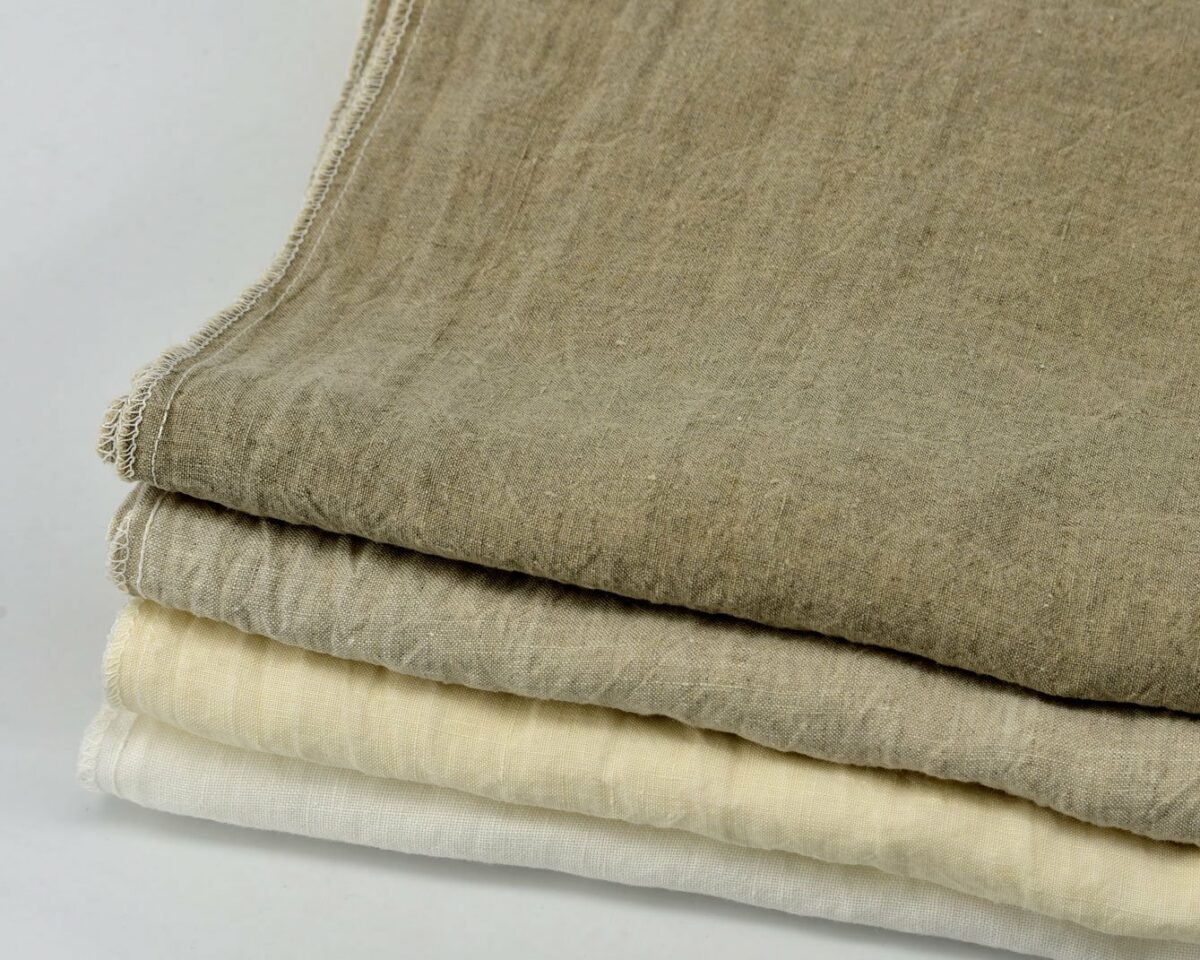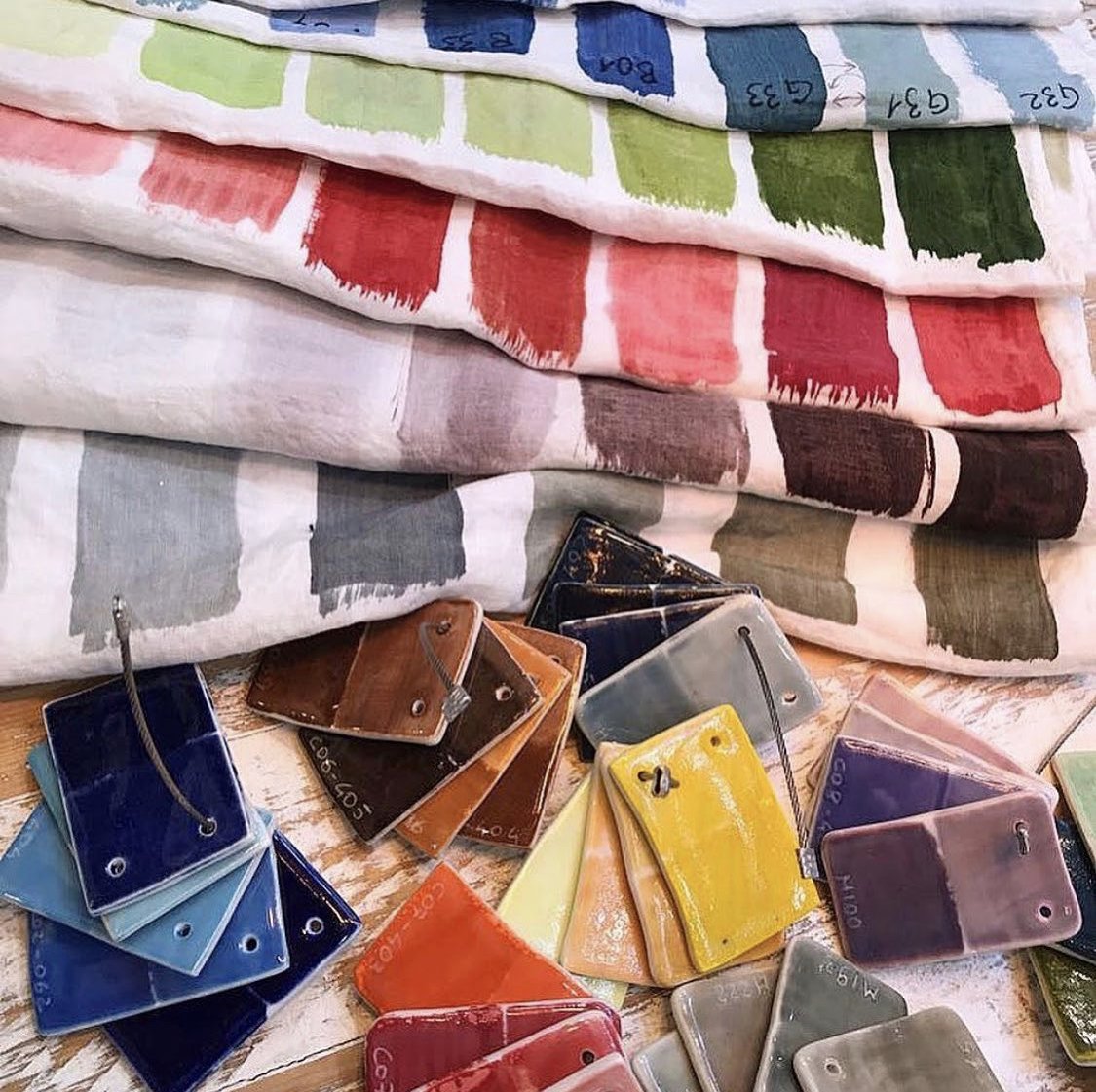News
The History of Glassmaking
The human race has used glass for centuries. Looking around in a modern day world, we can see that we use glass everywhere – from windows and mirrors to glasses of both the drinking and spectacles kind. This wondrous resource has been used in both its natural form – volcanic glass, or obsidian – and its man-made form for a variety of purposes.
Before humans first created glass as we know it today around 3,500 BC, people had used volcanic glass or obsidian for creating knives and the heads of arrows, as well as using it in jewellery and as a form of currency. It took some time for us to understand how to create glass, given the high temperatures needed for turning base materials into its clear form.
Glass is made by subjecting minerals to an extremely high temperature, about 1700 degrees centigrade in modern methods. The main ingredient is silica, found in its sand form, which is then combined with minerals such as limestone and soda ash. All of these materials were available naturally when glass was first being made, which is thought to be in the Eastern Mesopotamian and Egyptian regions. The first glasses for drinking were made in about 1,500 BC in the same area.
Popularity for this new material waxed and waned, but countries such as Egypt and Syria were the most popular hubs for glass manufacture on a small scale. Glassmaking saw a surge with the Roman Empire as easier methods were made, such as the blow pipe, which pumped air into the fires to keep them hot enough for the materials to melt. Glass spread across the globe as a result, and by the time of the Medieval ages, the material was being used to decorate cathedral windows with beautiful stained glass artwork.
ALLÓRA’s mantra of “oggi come allóra” or “today as before” is reflected in its glass collections. Hand-blown glassware using traditional glassmaking methods, each glassware piece is formed with care by skilled artisans. From its core ingredients to its final form, the glass produced by Vetrofuso by Daniela Poletti is of the highest quality.



